Rise of Remote Work Culture
The shift towards remote work has significantly influenced consumer behavior, thereby impacting the athleisure market in Europe. As more individuals work from home, there is a growing preference for comfortable yet stylish clothing that can transition from home office to casual outings. This trend has led to an increase in sales of athleisure wear, as consumers prioritize comfort without sacrificing style. Reports suggest that the athleisure market has seen a surge in demand, with sales increasing by approximately 30% in the last year alone. This shift in work culture is likely to continue driving the market, as remote work becomes a more permanent fixture in many industries.
Health and Wellness Awareness
The increasing emphasis on health and wellness among consumers appears to be a pivotal driver for the athleisure market in Europe. As individuals become more health-conscious, they are more inclined to invest in apparel that supports an active lifestyle. This trend is reflected in the growing demand for athleisure products, which are perceived as both functional and stylish. Recent data indicates that the health and wellness industry in Europe is projected to reach €1 trillion by 2025, suggesting a robust market for athleisure products that cater to this demographic. The athleisure market is likely to benefit from this heightened awareness, as consumers seek clothing that aligns with their fitness goals and lifestyle choices.
Sustainability and Ethical Production
The growing consumer demand for sustainable and ethically produced clothing is reshaping the athleisure market in Europe. As awareness of environmental issues rises, consumers are increasingly seeking brands that prioritize sustainability in their production processes. This shift is prompting many companies within the athleisure market to adopt eco-friendly materials and practices. Recent surveys indicate that approximately 70% of European consumers are willing to pay a premium for sustainable products, suggesting a significant opportunity for brands that align with these values. The emphasis on sustainability is likely to drive innovation and competition within the athleisure sector.
Technological Advancements in Fabric and Design
Technological advancements in fabric and design are playing a crucial role in the evolution of the athleisure market in Europe. Innovations such as moisture-wicking fabrics, breathable materials, and smart textiles are enhancing the functionality of athleisure wear, making it more appealing to consumers. These advancements not only improve performance but also contribute to the overall aesthetic of the clothing. The athleisure market is witnessing a trend where brands invest in research and development to create high-performance products. This focus on technology is likely to attract a broader consumer base, as individuals seek apparel that meets their active lifestyle needs.
Influence of Social Media and Celebrity Endorsements
The role of social media and celebrity endorsements in shaping consumer preferences cannot be understated in the context of the athleisure market in Europe. Influencers and celebrities often showcase athleisure wear, creating aspirational lifestyles that resonate with their followers. This phenomenon has led to increased visibility and desirability of athleisure products, driving sales and brand loyalty. Data indicates that brands leveraging social media marketing strategies have experienced a growth rate of 25% in their athleisure lines. The athleisure market is likely to continue evolving as social media platforms become increasingly integral to consumer purchasing decisions.


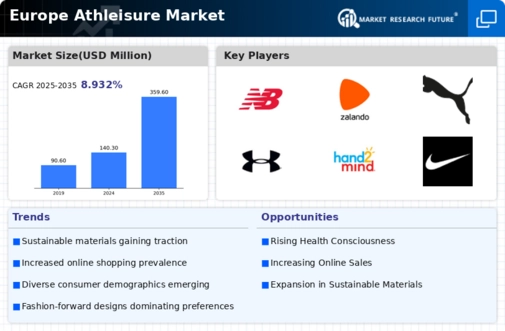

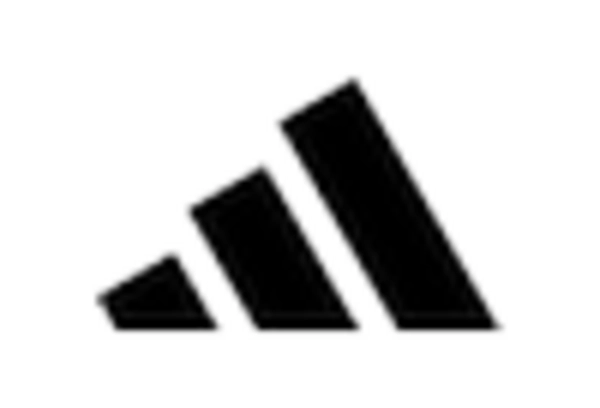

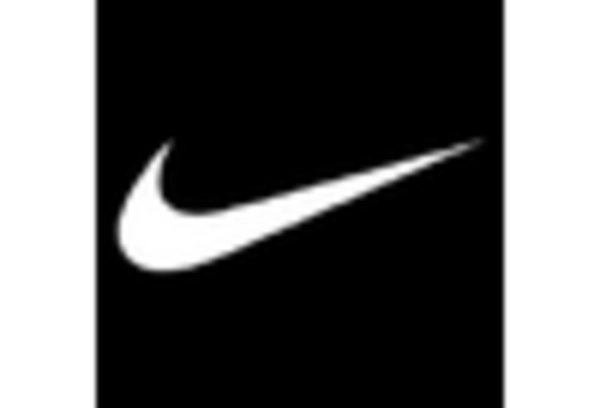
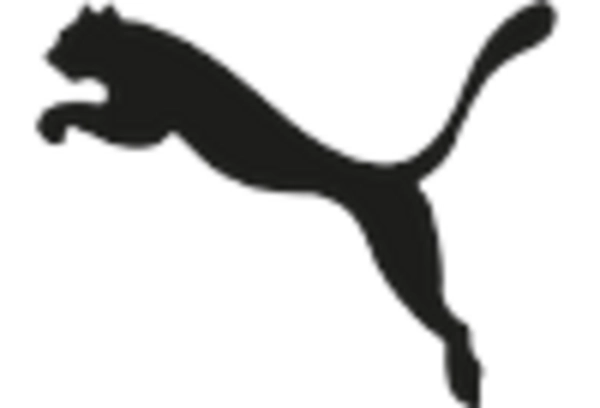
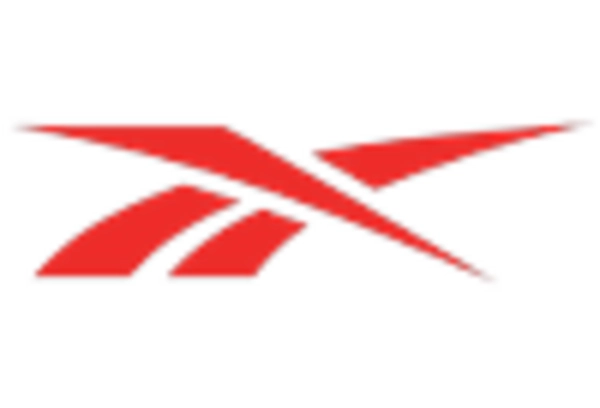









Leave a Comment